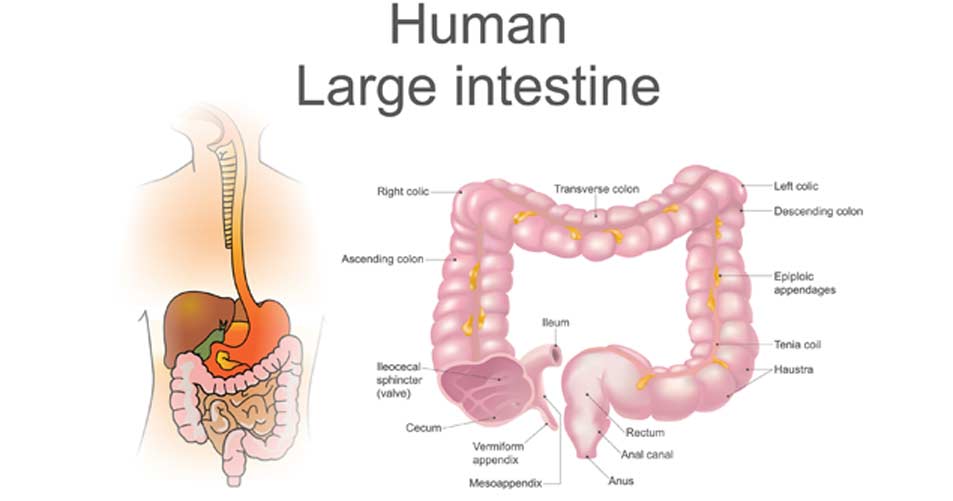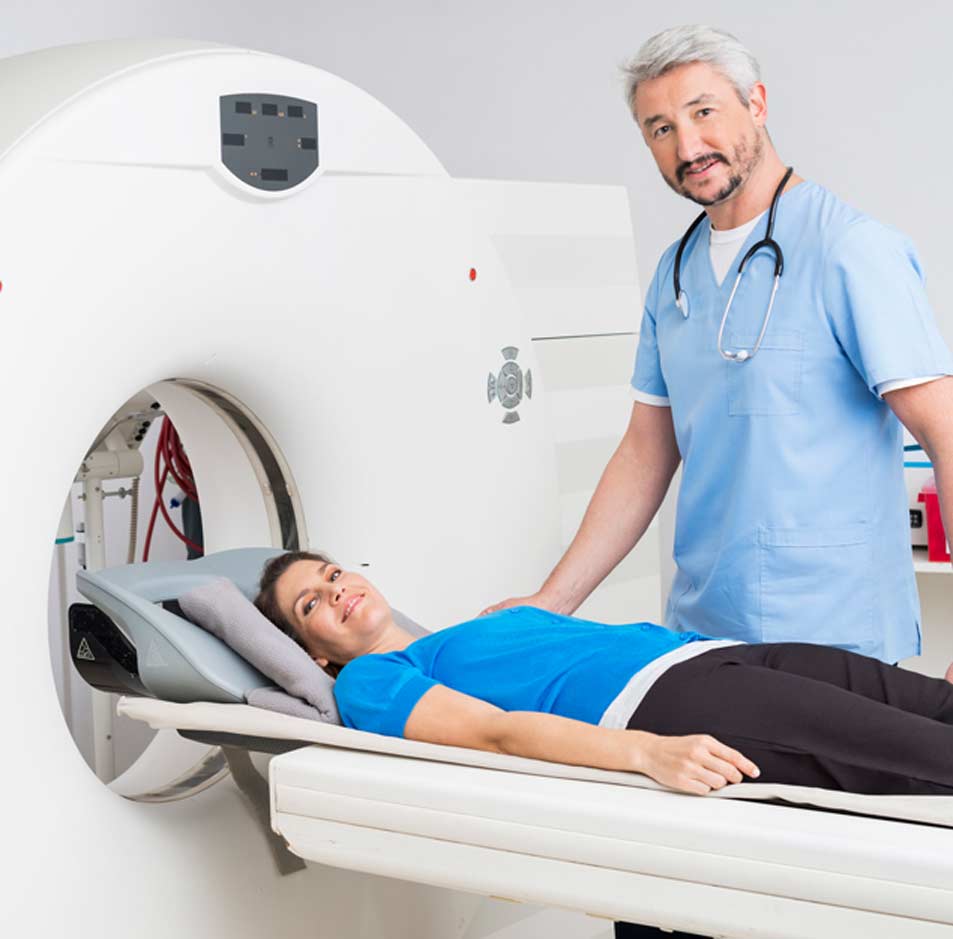
It is estimated that approximately 75 percent of hernias affecting the abdominal wall are inguinal hernias.
This condition is characterized by an intestinal segment pushing itself through the abdominal muscles at a spot where they are weak. This can cause a bulge in the abdominal area.
Causes
There are times when there is not an identifiable cause of this type of hernia. When a cause can be identified, it may be due to:
- Increased abdominal pressure
- The abdominal wall has a weak spot combined with increased abdominal pressure
- Strenuous activity
- Abdominal wall weak spot that is pre-existing
- During bowel movements or urination, the person strains
- Chronic sneezing or coughing
- Pregnancy
The weakness affecting the abdominal wall can be something that a person is born with. If this issue occurs later in life, it can be due to abdominal surgery or an injury affecting the area.

Symptoms
When this type of hernia is present, the following symptoms are possible:
- A bulge to the right or left of the pubic bone
- Groin discomfort or pain, especially when coughing, lifting, or bending over
- Pressure or weakness in the groin
- The bulge aches or burns
- Groin area has a dragging or heavy sensation
- In some cases, swelling and pain can affect the testicles
In some cases, the hernia can become incarcerated. This means that it is trapped in the abdominal wall. From here, there is the risk for a strangulated hernia meaning the trapped tissue is not receiving blood. This can be life-threatening.
Diagnosis
For most patients, a physical examination is all that is necessary to diagnose this type of hernia. The doctor will examine the patient’s groin area to look for the characteristic bulge. Patients might be asked to strain or cough when they are standing since this can make the bulge more visually noticeable.
If a physical examination does not reveal the hernia, further testing might be needed. This typically includes imaging tests.
Treatment
If a patient’s hernia is not especially bothersome, the doctor might recommend a watchful waiting approach. The doctor might also try reducing the bulge using manual pressure.
In cases where the hernia is causing distressing symptoms, surgery is usually recommended. There are two options, including laparoscopic surgery and open hernia repair.
The laparoscopic type is minimally invasive. It involves using a gas to expand the abdomen and multiple small incisions to access the hernia. The doctor will work to push the bulge back into place and sew the weakened abdominal area.
With an open hernia repair, the purpose is the same. The doctor will push the bulge back into place and sew the abdominal area. However, the patient will have a larger incision and recovery is typically longer.
Those who suspect they may have an inguinal hernia should make an appointment with their doctor. The doctor will examine the patient and let them know about any treatment methods that might be appropriate to help them to find some comfort.


